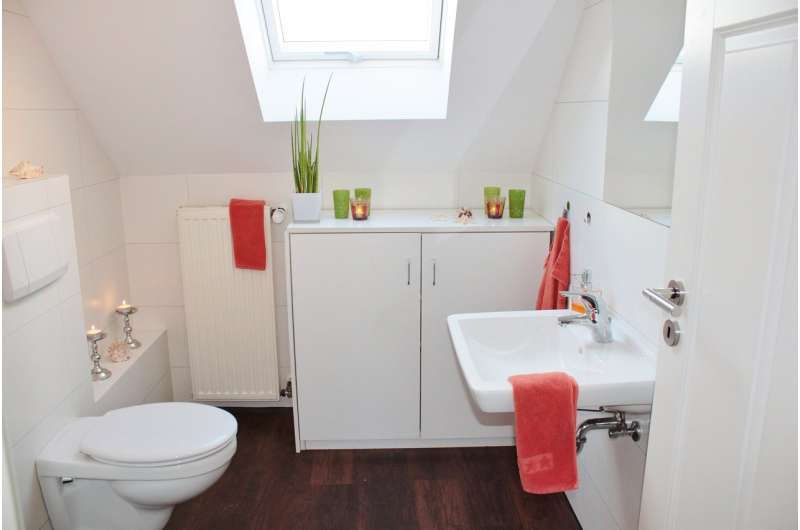Creating a Climate Safe Room: Protecting Your Home from Extreme Heat and Cold

Discover how to create a Climate Safe Room in your home to protect against extreme heat and cold, improve energy efficiency, and enhance indoor comfort with simple, cost-effective measures.
Why a Climate Safe Room Is Essential for Home Comfort and Safety
Home should be a sanctuary where comfort and safety are guaranteed. Yet, many Australian homes fall short due to poor insulation and design, leading to uncomfortable living conditions and high energy bills. Most houses are drafty, damp, and struggle to maintain a stable temperature, requiring substantial energy use to stay comfortable. In fact, about 70% of Australian homes have an energy rating of three stars or lower out of ten, which indicates poor energy efficiency. Newer homes are now mandated to achieve at least seven stars, but many existing dwellings still face challenges.
During winter, more than 80% of homes in Victoria are colder than 18°C—below the World Health Organization's recommended minimum temperature. These conditions highlight the urgent need for practical solutions to improve indoor thermal comfort.
The Concept of a Climate Safe Room
A Climate Safe Room is a strategic space within a home designed to be a refuge during extreme weather events such as heatwaves and cold spells. Instead of upgrading the entire house—an often costly and complex process—focusing on one room can provide immediate relief and reduce energy costs. This approach is rooted in the successful 'cocoon' models tested by local councils like Mildura in 2011, and has been piloted by organizations including Geelong Sustainability and Yarra City Council.
These rooms are especially beneficial for vulnerable residents, including social housing tenants, who face greater difficulties affording extensive home improvements. Designing a Climate Safe Room involves careful measures to ensure it remains thermally controlled, primarily by sealing drafts and improving insulation.
How To Create Your Own Climate Safe Room
The first step is draft-proofing - sealing gaps around windows, doors, and walls to prevent heat from escaping in winter or entering in summer. Low-cost, DIY solutions such as weatherstripping and caulking are effective and easily accessible through online resources.
Effective insulation enhances the climate resilience of a room. Upgrading ceiling insulation and using thermal curtains or blinds on windows can significantly reduce heat transfer. Additional options like secondary glazing and reflective films further improve energy efficiency.
External shading devices like blinds or barriers help control heat gain during summer but should be removed in winter to maximize warmth.
Heating and Cooling Strategies
Once drafts are sealed and insulation improved, installing reverse-cycle air conditioning offers efficient heating and cooling without indoor air pollution. These units work best when the room is properly insulated, preventing heat loss or gain through gaps.
Incorporating outdoor shading and barriers can significantly cut down on unwanted heat transfer during summer, making these spaces even more effective.
Empowering Households to Build Climate Resilience
The University of Melbourne's Retrofit Lab has collaborated with the Energy Efficiency and Electrification Alliance to demonstrate the effectiveness of Climate Safe Rooms. With guiding resources and community engagement, homeowners and renters alike can create their own climate havens, improving comfort while reducing energy costs.
Source: Medical Xpress
Creating a Climate Safe Room is a practical step toward making homes healthier, more energy-efficient, and resilient against climate extremes, ultimately contributing to a safer and more sustainable living environment.
Stay Updated with Mia's Feed
Get the latest health & wellness insights delivered straight to your inbox.
Related Articles
Guidelines for Safe Alcohol Consumption: What You Need to Know
Understanding safe alcohol consumption is key to cardiovascular health. Current guidelines recommend moderation, but ongoing research continues to evaluate the true benefits and risks of drinking. Learn what you need to know about alcohol and health.
Majority of Chronic Pain Sufferers Use Comfort Eating as a Coping Mechanism
A new study reveals that over 66% of people with chronic pain turn to comfort foods like chocolates and high-calorie snacks to manage their discomfort, highlighting the psychological and biological factors involved and the need for integrated pain management approaches.
Using Smartphones on the Toilet May Increase Hemorrhoid Risk
A recent study suggests that using smartphones on the toilet may increase the risk of hemorrhoids by prolonging bathroom time and increasing anal pressure. Limit screen time during bowel movements for better digestive health.
The Importance of Play in Early Childhood Development
Discover how engaging, open-ended play supports cognitive, emotional, social, and physical development in young children and how caregivers can enhance these learning experiences.



